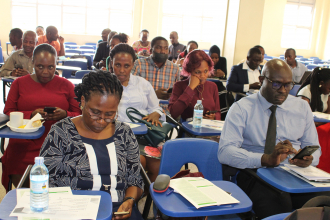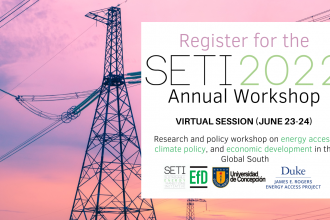
A vibrant network re-united at the SETI 2022 Annual Workshop!
Over 20 researchers from all over the world presented findings about energy policies, infrastructure, energy use and distribution in countries of the Global South at the Sustainable Energy Transitions…




